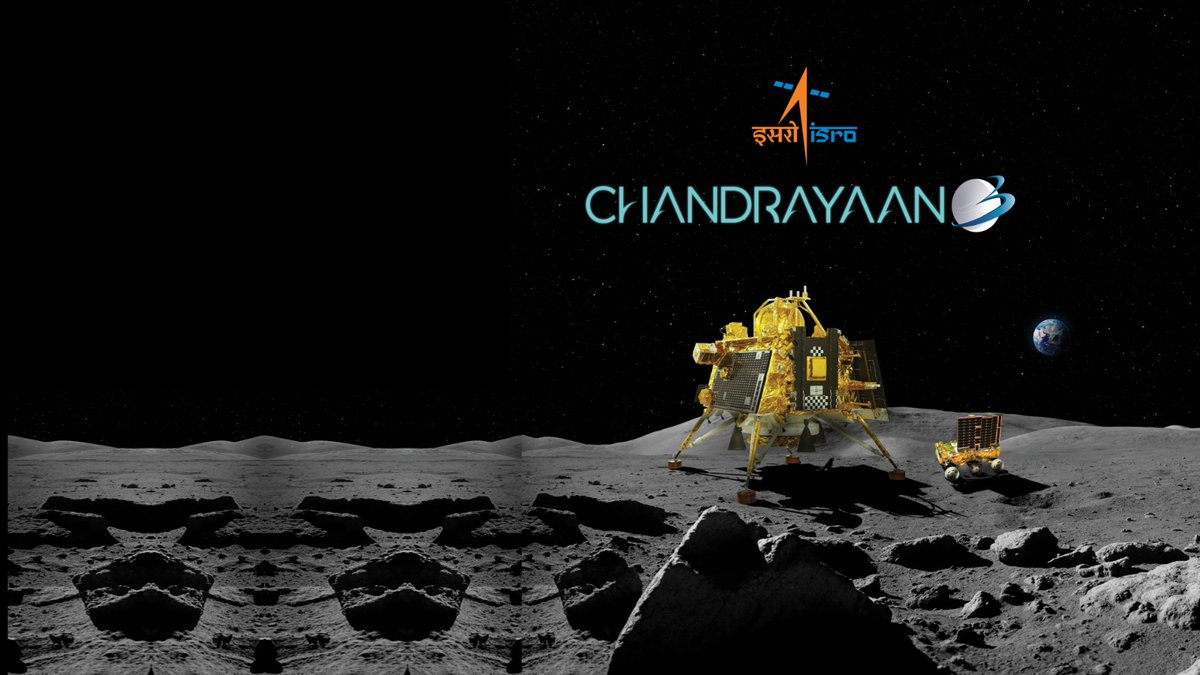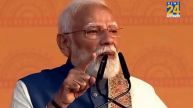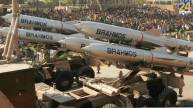Moon Mission Update: In a recent development, Russia’s bid to land its spacecraft Lunar -25 on the surface of the moon was failed after Luna-25 crashed into the Moon’s surface after entering an uncontrolled orbit.
This disheartened news from the Russian space agency Roscosmos coincided with India’s space triumph, as the Indian Space Research Organisation (ISRO) informed the world that Chandrayaan-3 is ready to make history with a soft landing at the Moon’s south pole on August 23, at 6.04pm.
ISRO further revealed that the lander module, comprising the ‘Vikram’ lander and ‘Pragyan’ rover, is undergoing final internal checks and awaiting sunrise at the designated landing site. The powered descent phase will commence on August 23 around 5.45 pm, with the anticipated landing at approximately 6.04 pm. The entire landing process will be broadcasted live on the ISRO website, YouTube channel, Facebook, and the national broadcaster, DD National TV, starting at 5.27 pm on August 23.
Chandrayaan-3 Mission:
---Advertisement---🇮🇳Chandrayaan-3 is set to land on the moon 🌖on August 23, 2023, around 18:04 Hrs. IST.
Thanks for the wishes and positivity!
Let’s continue experiencing the journey together
as the action unfolds LIVE at:
ISRO Website https://t.co/osrHMk7MZL
YouTube… pic.twitter.com/zyu1sdVpoE— ISRO (@isro) August 20, 2023
A successful landing for Chandrayaan-3 would establish India as the fourth country worldwide to achieve this feat, following the United States, Russia, and China. Significantly, India would also become the pioneer in landing on the lunar south pole, a region of immense scientific interest due to its potential water ice deposits, crucial for future human exploration missions.
This triumph for ISRO comes in the wake of Russia’s Luna-25 encountering technical difficulties. The Russian space agency reported an “abnormal situation” while attempting to position the craft into a pre-landing orbit, just a day prior to the intended touchdown on August 21. Communication with Luna-25 was lost during this operation, leading to the unfortunate crash. Luna-25 was anticipated to spend a year on the Moon, conducting research such as collecting soil samples and searching for water ice, which holds promise as a resource for potential future missions.
Russia’s ambitions in space exploration have faced a blow with the Luna-25 setback, highlighting the contrast with its past achievements during the Cold War era. The country’s space prowess was epitomized by the launch of Sputnik 1 in 1957, the first human-made satellite to orbit Earth, and Yuri Gagarin’s historic journey as the first human in space in 1961. However, this setback reveals Russia’s waning influence in space exploration since then, as Luna-25 was the country’s first attempt at a moon mission since Luna-24 in 1976.













